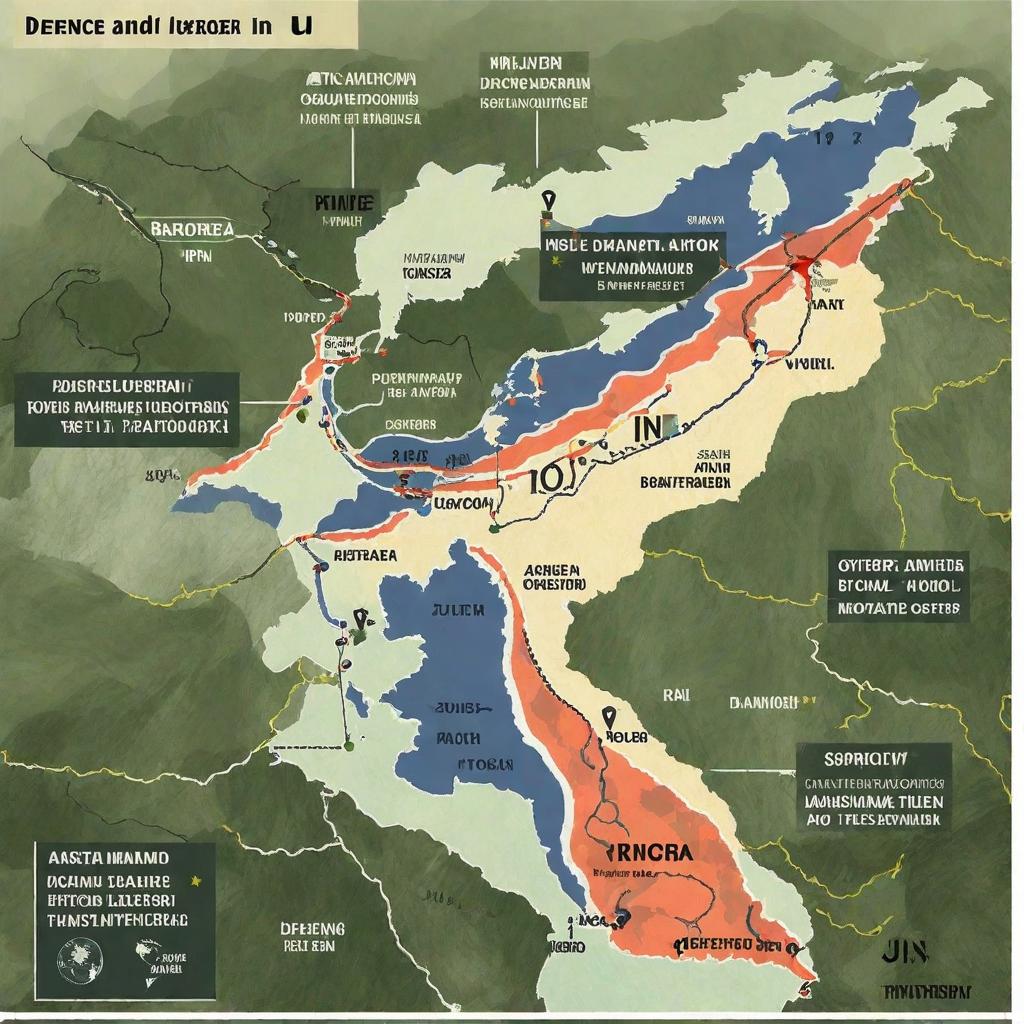Hello friends welcome to Sonu live ,in this article I’m going to tell you about EXPLAIN ABOUT DEFENCE CORRIDOR IN T.N AND U.P
Defence Industrial Corridors: Boosting India’s Defence Manufacturing
India, as a nation striving for self-reliance in defence equipment, has established two Defence Industrial Corridors (DICs): one in Uttar Pradesh (UPDIC) and the other in Tamil Nadu (TNDIC). These ambitious projects aim to create robust ecosystems for indigenous defence manufacturing and propel India towards becoming a global leader in the sector.
Here’s a detailed breakdown of the two corridors:
Uttar Pradesh Defence Industrial Corridor (UPDIC):
- Spanning six nodes: Aligarh, Agra, Chitrakoot, Jhansi, Kanpur, and Lucknow.
- Focus: Land systems, aerospace, electronics, and medical equipment.
- Key features:
- Developed land: Availability of ready-to-use industrial land with plug-and-play infrastructure.
- Skilled workforce: Access to a large pool of skilled and semi-skilled manpower.
- Connectivity: Well-connected through highways, railways, and airports.
- Financial incentives: Attractive subsidies and tax benefits for investors.Opens in a new windowupeida.up.gov.inUttar Pradesh Defence Industrial Corridor Map
Tamil Nadu Defence Industrial Corridor (TNDIC):
- Comprising five nodes: Chennai, Coimbatore, Hosur, Salem, and Tiruchirappalli.
- Focus: Aerospace, shipyards, combat vehicles, and electronics.
- Key features:
- Established ecosystem: Existing presence of major defence PSUs and private players.
- Advanced infrastructure: Availability of world-class ports, airports, and industrial facilities.
- Technical expertise: Renowned educational institutions and research centres nearby.
- Strong supply chain: Presence of ancillary and supporting industries.Opens in a new windowtndefencecorridor.inTamil Nadu Defence Industrial Corridor Map
Both DICs aim to achieve the following:
- Reduce dependence on imported defence equipment.
- Create high-skilled jobs and boost economic growth.
- Promote technology transfer and indigenous innovation.
- Strengthen India’s defence preparedness and self-reliance.
Progress and Challenges:
While the corridors are still in their initial stages, they have attracted significant investments from leading domestic and international defence companies. However, challenges remain, such as:
- Bureaucratic hurdles and delays in approvals.
- Skilled manpower gap in certain specialized areas.
- Ensuring smooth technology transfer and collaboration.
Overall, the Defence Industrial Corridors hold immense potential for transforming India’s defence manufacturing landscape. With focused efforts and effective implementation, these initiatives can propel India towards achieving its vision of becoming a global leader in defence technology and production.
Additionally, here are some interesting facts about the DICs:
- The UPDIC is expected to attract investments of over ₹20,000 crore and create over 2.5 lakh jobs.
- The TNDIC aims to attract investments of over ₹25,000 crore and create over 3 lakh jobs.
- Both corridors are being developed as smart cities with advanced infrastructure and amenities.
I hope this comprehensive explanation sheds light on the Defence Industrial Corridors in Tamil Nadu and Uttar Pradesh. Feel free to ask if you have any further questions!
Read More-https://sonulive.in/explain-about-blue-star-operation/

